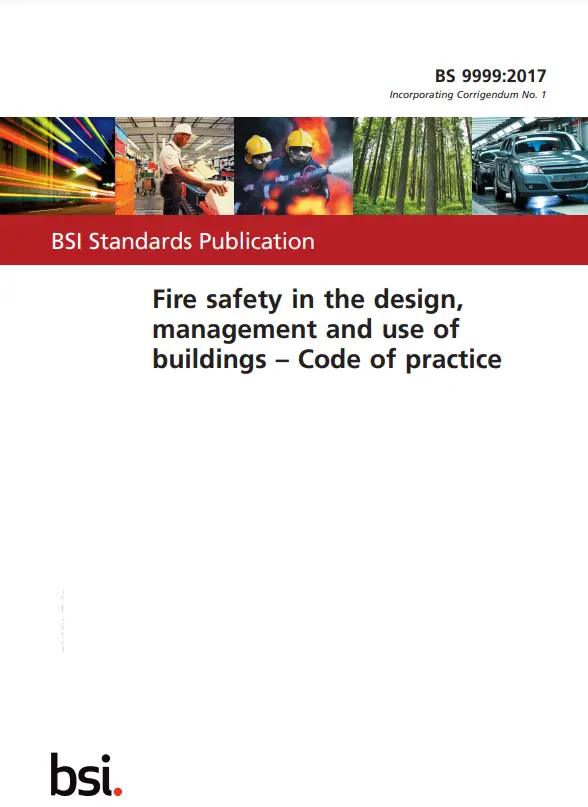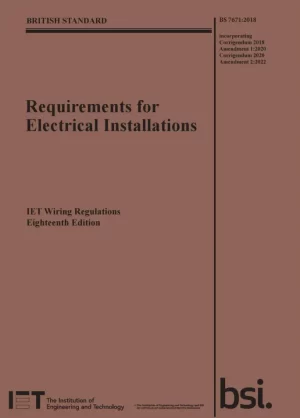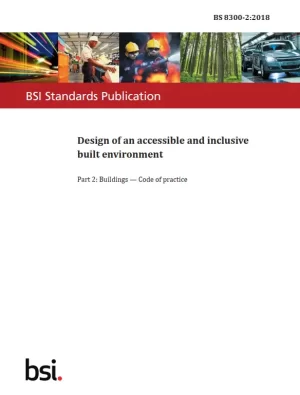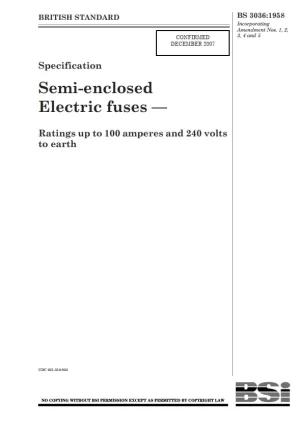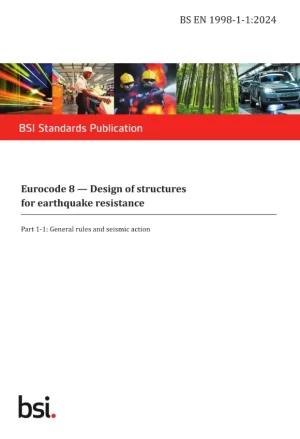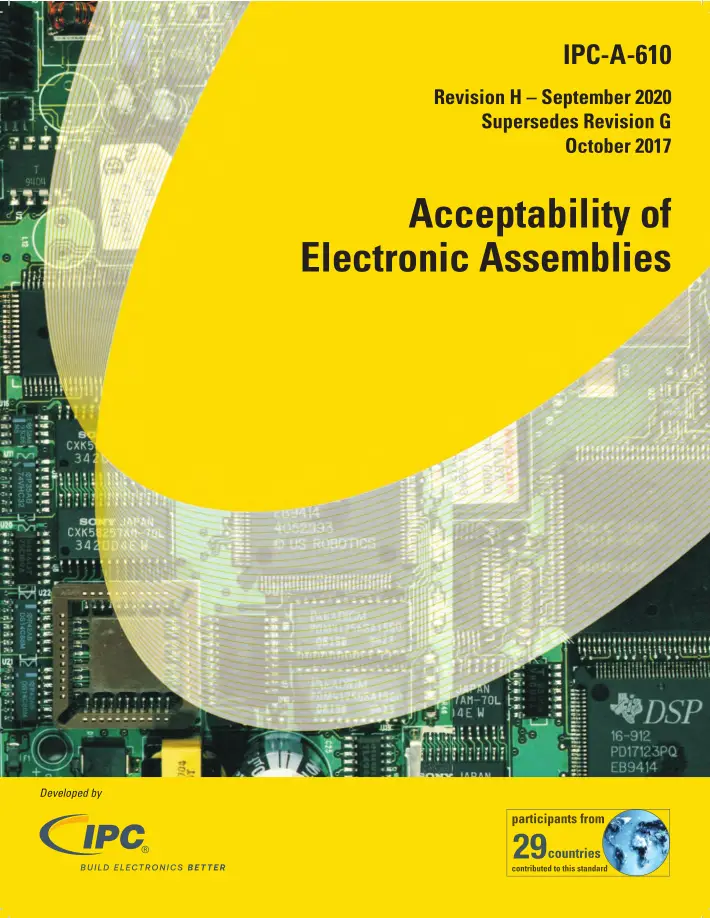BS 9999, 2017 Edition – Fire safety in the design, management and use of buildings – Code of practice
What is BS 9999 about?
BS 9999 is a British standard on codes of practice for fire safety in the design, management and use of buildings.
BS 9999 gives recommendations and guidance on the design, management and use of buildings to achieve reasonable standards of fire safety for all people in and around buildings.
BS 9999 also provides recommendations and guidance on the ongoing management of fire safety in a building throughout the entire life cycle of the building, including measures for designers to ensure that the overall design of a building assists and enhances the management of fire safety.
Note: BS 9999 is not applicable to individual dwelling-houses and might have only limited applicability to certain specialist buildings and areas of buildings (e.g. hospitals and areas of lawful detention).
Who is BS 9999 for?
On fire safety in the design, management and use of buildings is relevant to:
- Architects
- Fire safety engineers
- Fire risk assessors
- Building control
- Installers of fire and smoke alarms, sprinklers, and smoke, and heat control systems
- Inspectorate for certification and installation schemes
Why should you use BS 9999?
Fire safety is a set of practices intended to reduce the destruction caused by fire. Fire safety measures include those that are intended to prevent the ignition of an uncontrolled fire and those that are used to limit the development and effects of a fire after it starts.
The recommendations and guidance given in BS 9999 are intended to safeguard the lives of building occupants and fire-fighters. Whilst some of the recommendations and guidance might also assist in the achievement of other fire safety objectives such as protection of property, the environment, communities and business/service viability.
BS 9999 provides recommendations and guidance on the provision of measures to control or mitigate the effects of fire. The primary objective of BS 9999 is to ensure that an adequate standard of life safety can be achieved in the event of fire in the building. A secondary objective is to provide a level of protection for property and businesses against the impact of fire, e.g. in close proximity to residential buildings or as part of the same building or building complex. These measures will help facilitate safety in your surroundings.
What’s changed since the last update?
BS 9999:2017 supersedes BS 9999:2008, which is withdrawn
BS 9999:2017 includes some principal changes with respect to BS 9999:2008. These are:
- Inclusion of flowchart showing the sequential steps in the design process, to assist users in the application of the standard
- Inclusion of watermist fire suppression systems
- Revision of recommendations for smoke and heat control
- Addition of recommendations for fire curtain barrier assemblies
- Revision of recommendations for shopping complexes
General Product Information:
| Revision | 2017 Edition |
| Document Type | |
| Document Language | English |
| ISBN | 9780580977169 |
| Pages | 418 |
| Publisher | British Standards Institution (BSI) |
| Status | Current |
| Purchase Note | All current amendments available at time of purchase are included with the purchase of this document. |

